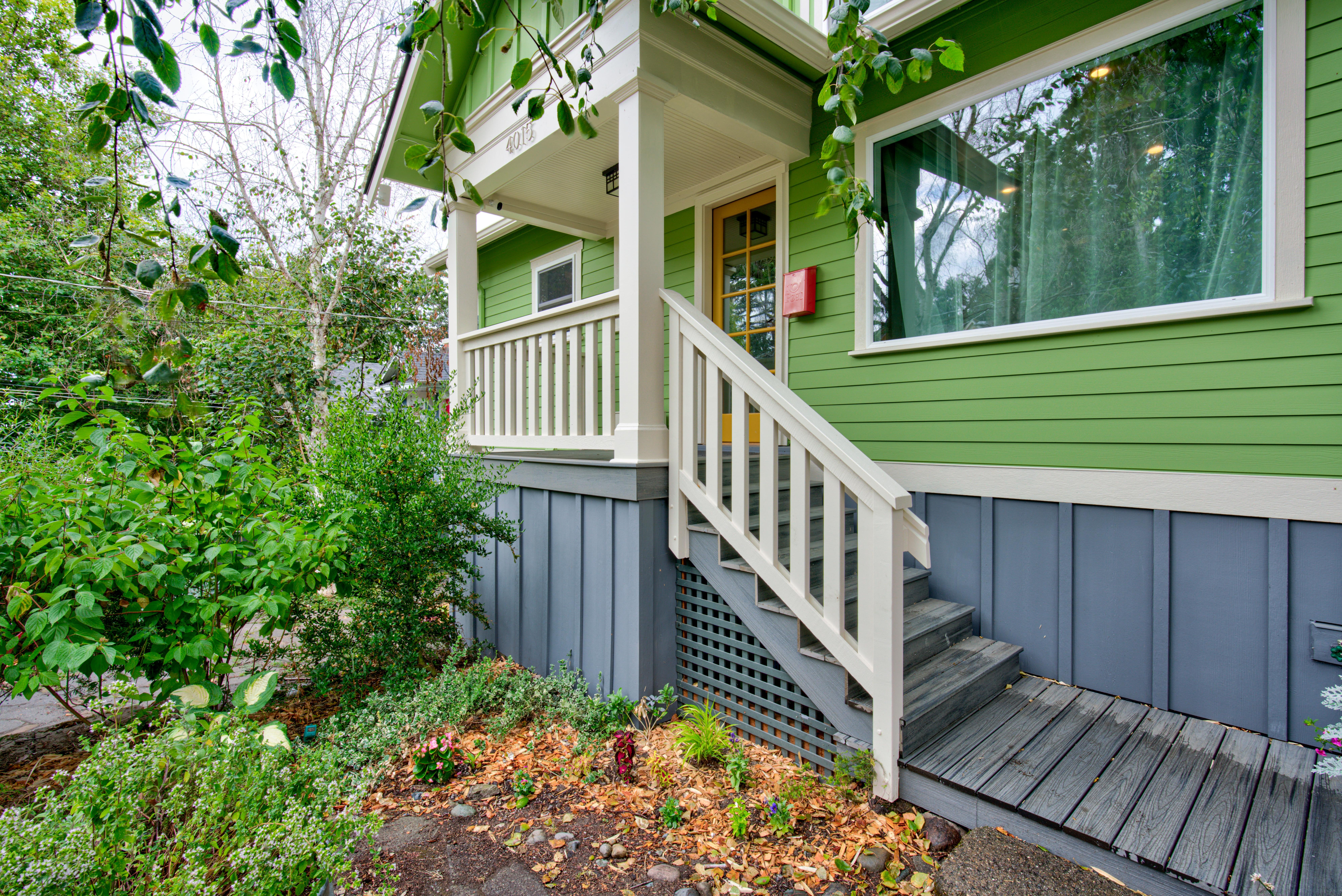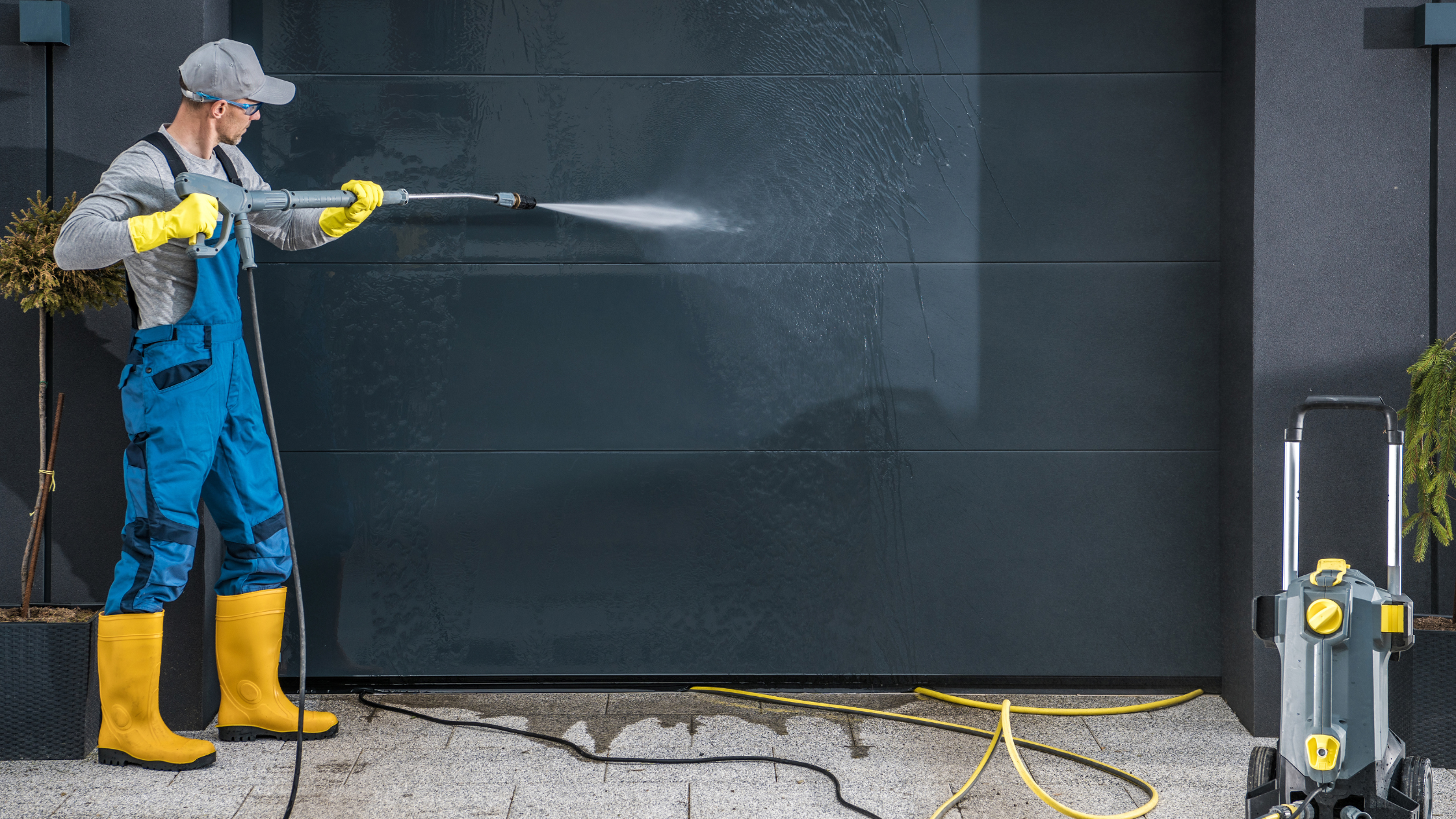As a homeowner in coastal climates such as the Pacific Northwest, it is crucial to consider the unique environmental factors and weather conditions that your property may face, including heavy wind, rain, and saltwater exposure. Therefore, it is essential to research the cost and maintenance requirements of any building material you add to your home before committing to it.
To help you make an informed decision, we have analyzed and compared the performance of 4 popular building materials in coastal environments. Our professional assessment takes into account the impact of saltwater and high wind conditions on each material.
Watch this video by Pete Baughman to understand the important points in this article:
1. Wood

Throughout history, wood has proven to be a reliable choice for exterior material, especially in coastal climates. Thanks to modern technology, excellent corrosion-protection coatings are now available to shield wood from harsh weather conditions. Additionally, consumers have a plethora of wood options to choose from, making it easier to find the right fit for their needs.
Pros of Wood:
- Wood can be used for siding, decking, trim, roofing, windows, and doors.
- There are a lot of examples of century-old homes with wood-clad exteriors that still perform well to this day.
- Generally speaking, the harder and denser the wood is, the more durable and higher performance it is. Some woods, like cedar, ipe, mahogany, and teak, have naturally occurring rot-resisting properties.
- Wood is a versatile material to work with, given its widespread use and the availability of specialized tools for shaping and cutting. Its abundance and accessibility make it one of the most straightforward materials to work with.
Cons of Wood:
- To safeguard the wood from outdoor conditions, it is necessary to apply a coating or paint. Some examples of coatings are paint, stains, and clear coatings. If the protective layer is well-maintained, it can last indefinitely. However, if the layer is not cared for, it can lead to water damage, rot, mold, mildew, and other issues.
- Wood can be an inviting building supply for termites and other pests.
- Wood can be an extremely costly material depending on the species a homeowner chooses.
2. Plastics & Composites

Plastics are viable alternatives but are expensive and unavailable for all applications. Common plastic materials used for exteriors are PVC, vinyl, HDPE, acrylic, and polycarbonate. Plastics and composites can be used for siding, decking, trim, roofing, windows, and doors. If the wood exterior isn’t maintained correctly, plastics and composites will last longer in coastal environments and with less maintenance.
Pros of Plastics:
- Plastics and composites don’t degrade by water and salt and are not susceptible to growing molds and fungi.
- Plastic and composite materials are lower maintenance, but they do need to be painted to protect against UV damage.
- Some composite materials are less expensive than full plastic. The composite material is usually of a lesser cost, so it reduces the overall cost of the material.
- Plastics and composite resemble wood in terms of their form and fitting. This means that most woodworking tools can be used for composite, making it easier to do the job.
Cons of Plastics:
- If exposed to UV for long periods, plastics become brittle and oxidize (change colors).
- Plastic composite expands and contracts more than wood, so that must be considered when used.
- Plastics absorb heat: on horizontal surfaces, it can get uncomfortably hot to the touch. So having a dark-colored composite deck in warmer climates may not be the best option.
3. Cement Board

Cement board is a good product, but It’s important to remember that it still needs paint to perform in an acceptable manner. Cement board is mainly used for siding and trim.
Pros of Cement Board:
- Cement board is a mold and fungus-resistant material.
- Saltwater has less of an impact on cement board if painted regularly.
- Cement board performs similarly to wood building products under extreme wind conditions.
Cons of Cement Board:
- UV rays will break down the composite structure of cement board, so if you don’t keep paint on it, it will deteriorate just as fast as wood without paint.
- Some cement board brands can be more expensive than other material options.
4. Metal

Common metal building materials are steel, stainless steel, galvanized steel, aluminum, and copper. These types of materials are commonly used for siding, roofing, fascia, trim, windows, and doors.
Pros of Metal:
- Commonly used for aesthetic purposes or its strength in areas affected by saltwater.
- Metal generally is considered low-to-no maintenance as long as you’re okay with the oxidized look.
- This building material is eco-friendly because metal is recyclable, and steel production is relatively low energy.
- Other than stainless steel, metals can be coated or painted for further protection.
- You can choose specific types of metals that will oxide or rust to a particular color. Rust or oxidization creates a barrier for further oxidization.
- In coastal regions where salt is found in the air, it’s necessary to use a thicker gauged metal to account for oxidation.
Cons of Metal:
- All metals are negatively impacted by salt, and oxidation happens faster.
- Metals take specialized tools and skills to properly form and manipulate, increasing the installation and labor costs. As an example, many metals need to be welded together.
Coastal Building Materials Are Unique
If selecting your material is heavily based on your budget, it’s important to remember that market demand determines each material's cost and which is more expensive than others. It’s also crucial to note none of these materials will withstand repeated, direct contact with salt water, but they can work well if maintained in coastal areas where moisture and salt are prevalent.
The best material fit for your home will depend on budget, style, and climate. You should always consult with your trusted contractor when making material selections. If you’re interested in learning more about the home maintenance required, download our eBook, “Redefining Home Maintenance: The Proactive & Essential Guide for Homeowners.”




.png)
.jpg)
















